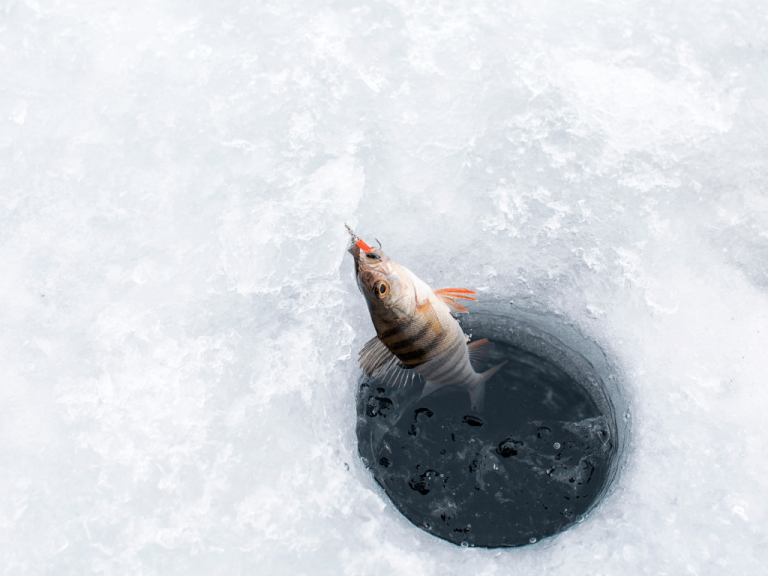In winter, the north wind howls, and thick layers of ice form on the surface of the riverbank. At this time, the fish in the river gather around the ice holes in groups, occasionally exhaling bubbles.
Why do the fish gather around the ice holes?
It turns out that water can dissolve a certain amount of oxygen from the air, which can supply the respiratory needs of fish.
In winter, as the temperature drops and the climate becomes colder, a thick layer of ice forms on the water surface. Initially, there is abundant oxygen dissolved in the various layers of water. Fish tend to concentrate in the warmer water at the bottom, with very little activity. After a period of time, due to the influence of the ice layer, the dissolved oxygen in the water decreases. This, combined with the respiration of fish and aquatic organisms, as well as the decomposition of organic matter, consumes a lot of oxygen, causing the dissolved oxygen in the water to continuously decrease and the relative carbon dioxide gas to gradually increase. When it exceeds a certain limit, fish find it difficult to survive. Oxygen deficiency in the water initially occurs at the bottom and expands to the upper layers. The area where fish can live at the bottom of the water becomes smaller, forcing them to move to the upper layers. As the dissolved oxygen in the water decreases further, breathing becomes difficult. To regulate and replenish the dissolved oxygen in the water under the ice for sufficient fish respiration, many ice holes can be chiseled on the ice surface of the fish pond. Because the oxygen dissolved in the water in the ice holes increases rapidly, the fish tend to gather around the ice holes and are reluctant to leave. This ensures the safety of the fish during winter.

